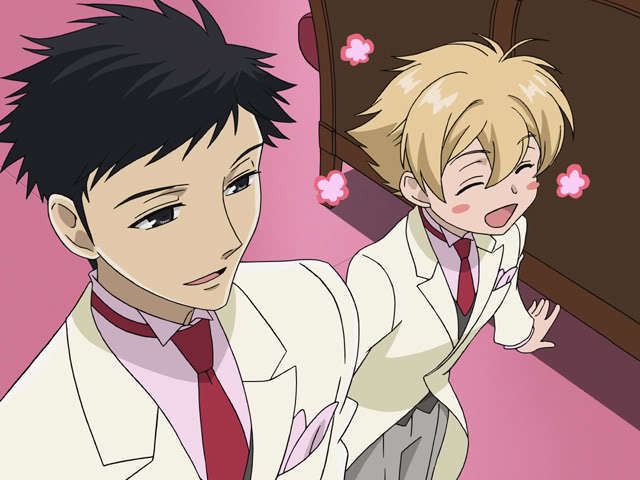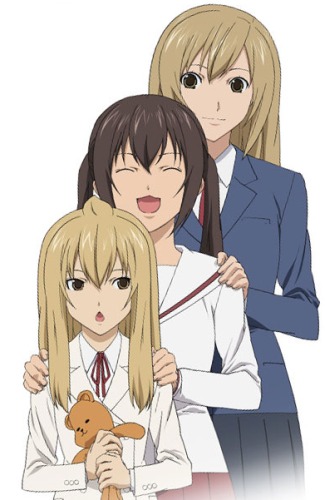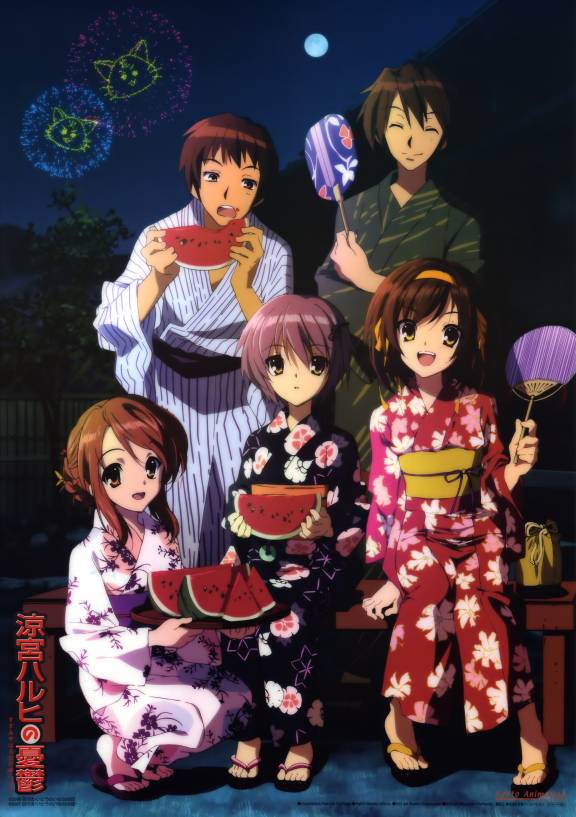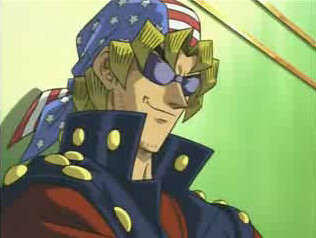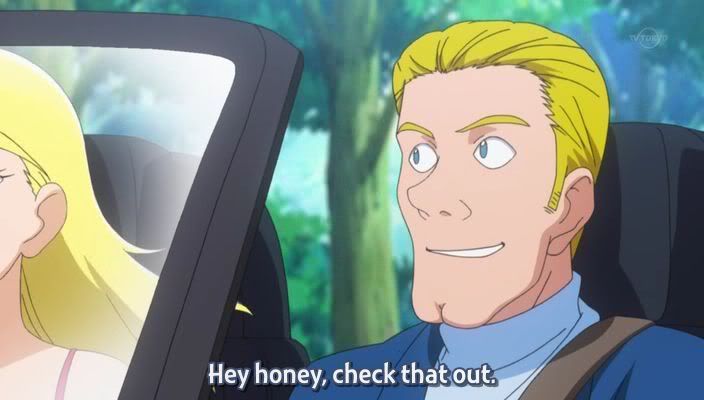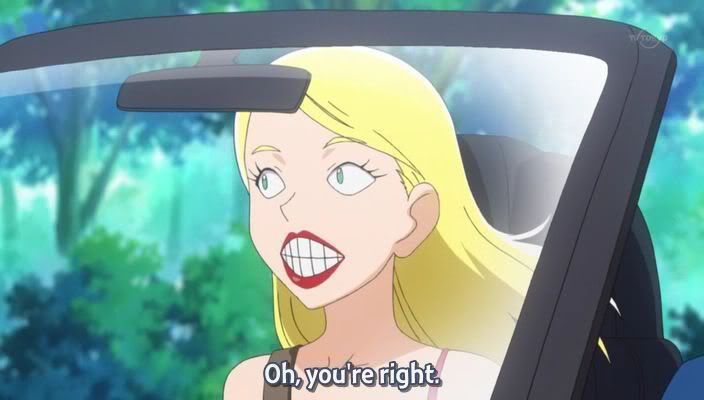Something else I have seen a lot in
anime is that characters sometimes look like WAY too young to be as
old as they are: little girl and little boy appearance.
Sometimes it is every character in a
show, like Lucky Star for example:
Or it is just one character, like Honey
from Ouran High School Host Club:
Can you believe that all of these
characters are in high school? They look like elementary school
students!
Why are they drawn this way?
Well, for
starters, it can sometimes be chalked up to the style of art the
anime is drawn in. Take Lucky Star for example, all of the characters
look very young and cute, even the adults to a degree. This is just
the style of the art of the show. However, you have to think that
there are still roots to the style and why it is drawn that way. Most
of the shows drawn this way are very cutesy and the plot lines are
very light and usually humorous. So, the art style matches along with
the style of the story and what the characters are doing in the
series. I certainly wouldn't want to see some muscled, mature women
discussing how to eat a chocolate roll. That would just make it
boring and awkward. But that same situation with super cute
characters makes for a delight!
Then we look at
shows where one or only a few characters are drawn with the
appearance as little kids. This is done because the artist wants to
exaggerate the characters characteristics and personality in a more
obvious way. Or even have the characters look one way, but act
completely different than expected. Take Honey for example, his
“selling point” is his cuteness and his innocence. Later in the
series you find out that he is actually a master martial artist and
see some of his deathly serious side – which pretty much just adds
to his overall charm. Totally surprised me, but after a bit I enjoyed
it! (Couldn't help but still think it was kind of weird, though!)
Why is it popular? Why is it
acceptable?
I think it
definitely has something to with the kind of audience the show is
trying to attract. As I said for Lucky Star, it is a very non-serious
show dealing with silly daily life situations of high school. They're
most likely aiming the show at high schoolers or middle schoolers,
probably girls, and people that want to watch a casual show. And this
audience of young kids in middle school and high school is a huge
one.
However, I am all
too aware of the “fetish” of young girls and boys in Japan. I'm
not talking about a blatant pedophilia, here. Which is most likely
what most Americans would view it (and guilty of it myself in the
beginning). See, in Japan the age of consent is 13 (but in each area it is usually bumped up to 17 by local government, but it was not originally). You legally
become an adult at 20. So it is legal for 13 – 19 year olds to have
sex in some areas. And it has a history of being this way, so it is a much more
common idea that younger looking characters are acting older than
they are or acting in ways that older people would act in. However,
it is not commonplace in Japan that these things happen, only common
in anime and such. Japanese people have a clear distinction between
what is socially acceptable, and pretty much anything is acceptable
in anime (which is, well, everything) because it is defined to them as completely unreal and
detached from real life. (Which can also explain a bit why this is very
common to see in hentai or animated pornography.)
That being said,
you'd be surprised how many anime are adapted from dating simulation
games. In those games, the characters are given very exaggerated
characteristics, sometimes tailored toward fetishes, and the
characters usually keep those traits when translated into anime.
Anime based of dating sims sounds very weird, right? Well, there it
is nothing to be surprised about. We don't even really have dating
simulators in America – the concept is lost on us.
Language corner!
高校
-
こうこう
– koukou
High
School
学生
-
がくせい
– gakusei
Student
少年
-
しょうねん
– shounen
Young
boy
少女
-
しょうじょ
– shoujo
Young
girl

